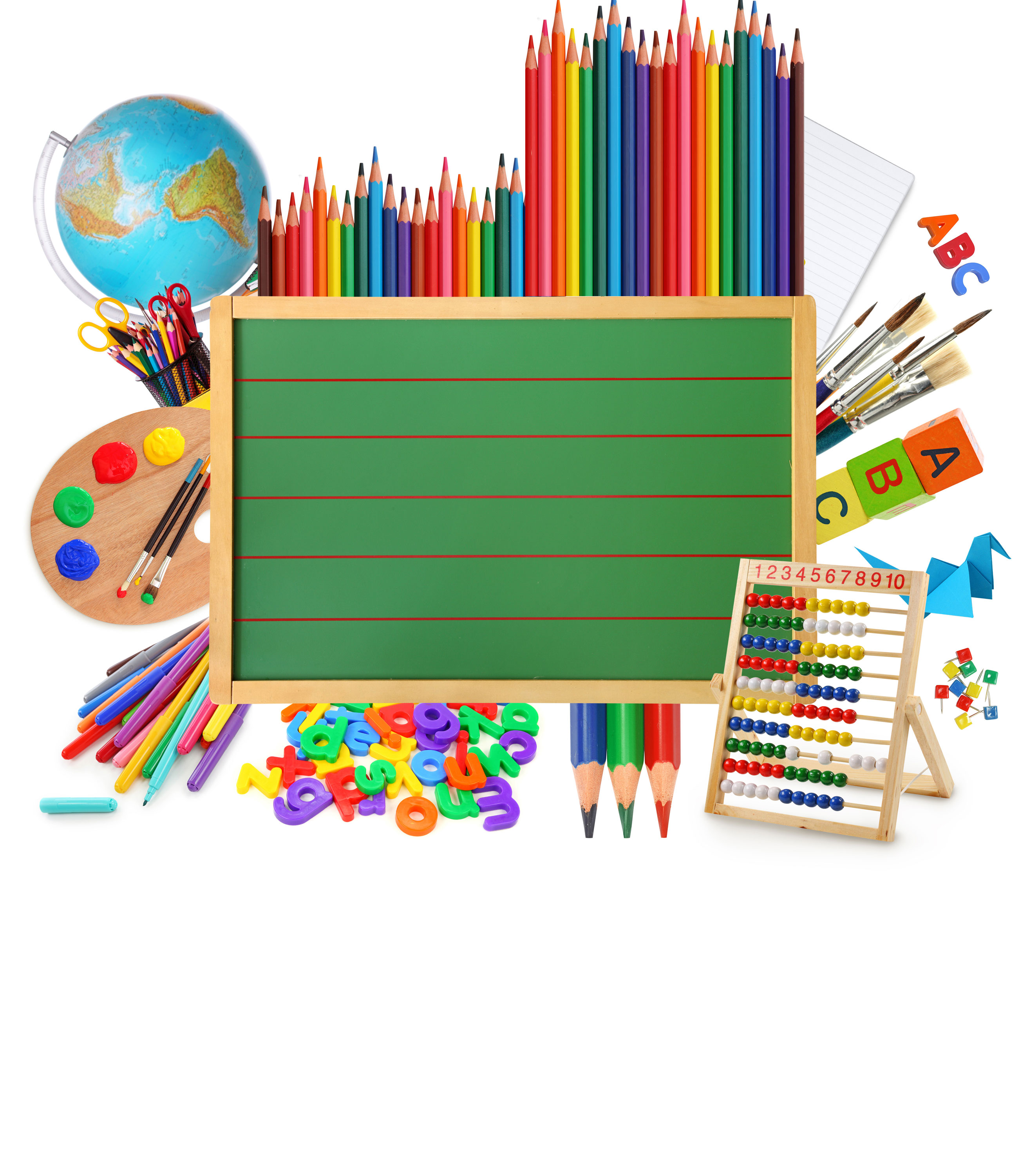The Education Ministry has recently incorporated content on managing violent behavior and aggression in school textbooks in a bid to help eliminate it, according to the head of the ministry’s Organization for Educational Research and Planning.
“Topics on ethics and how violence can be prevented or controlled are included in textbooks of various courses such as literature, social studies, theology, and life skills,” Mohyeddin Mohammadian told ISNA last week.
These topics underscore self-control and avoiding hostility toward fellow humans, he said, referring to the 17th Mehr Question raised by President Hassan Rouhani at a ceremony on September 23, marking the beginning of the academic year (2016-2017). The Mehr question asked students where violence stems from, how people can resist it, and how they can liberate their region and the world from it.
Every year, the president poses a question at the ceremony called the ‘Question of Mehr’ (first month of autumn) as the theme for the new academic year. Students are expected to ponder over the issue and prepare a project by the end of the school year when a contest is held to choose the best.
“We should learn moderation and temperance and know that violence and extremism will only lead to destruction of lives today and tomorrow,” Rouhani had stressed, underlining that violence does not necessarily mean war and terrorism, but also entails disrespect to each other, lack of morality and deprivation of education for the youth.
“A number of issues [regarding extreme violence] in the syllabus are not necessarily prevalent in our country, but exist throughout the world, and there is the possibility of their prevalence here also,” Mohammadian said.
Corporal Punishment
Not too long after the president’s speech, reports on a number of teachers in state-run schools meting out physical punishment to students in some provinces of the country like Kerman, Zanjan, and Sistan-Baluchistan went viral on the mass and social media. In the wake of the incident in Sistan-Baluchistan, the head of the provincial education department resigned.
Shortly after, students in some other schools were reported to have been in physical clashes with their teachers or school officials.
The incidents prompted education experts to call for a revision in the school disciplinary regulations and punishments. A number of experts also called for psychological tests for teachers before being appointed by the Education Ministry, the Persian language daily ‘Shahrvand’ reported in October.
Corporal punishment is banned as per school disciplinary regulations in Iran, and there are rules on how to deal with cases of abuse in schools. However, abuse purportedly goes on behind the scenes.
Mostafa Nasseri-Zanjani, deputy for parliamentary and legal affairs at the Education Ministry, says although the disciplinary rules are old they are comprehensive, and there is no need for a revision.
In the education system, such cases are dealt with in two ways: one through education since many teachers are not aware that physical punishment is banned in schools, he said.
A total of 70,000 teachers and school personnel were informed at on-the-job training sessions in cooperation with several departments at the ministry.
“Secondly, there is a special committee to pursue violations of disciplinary regulations, and those guilty are dealt with strictly,” Nasseri-Zanjani noted.
School violence is widely held to have become a serious problem in recent decades in many countries. It includes violence between students as well as physical attacks by students on school staff. On many occasions, students are caught in physical confrontations with one another, and when it comes to higher grades such as high schools or involving weapons, school personnel are clueless as to how to handle the situation.
Not Enough
Mohammadian added that the topics discussed in textbooks encourage peaceful and compassionate coexistence based on Iranian-Islamic principles and values.
A member of the Iranian Teachers Guild who wished to remain anonymous says the move is definitely a positive step to reduce aggressive behavior in students, but more needs to be done.
“In books advice is simply given and whether students choose to apply it or not depends on environmental factors. Authorities must do something about the over-crowded classes where things can simply get out of the teacher’s control,” he said.
He cited absence of skilled or competent counselors or social workers, the bland and joyless environment of schools, lack of facilities such as sports equipment, uninteresting and complicated curriculums, and lack of supportive laws for teachers as other factors contributing to forms of school violence.
Mohammad Niknejad, education expert, believes the educational topics in the curriculum are inadequate to check school aggression.
“There is no clear definition or example of violence in any of the subjects that helps introduce responses on how to prevent or control it,” he said.
“A great deal of violence in schools is a direct result of dense curriculums, long educational hours, and increasing fatigue among students without proper means to let off steam.”
School violence is not independent from violence in the society. “We cannot expect schools to be places of calm and peace as long as the language and culture of violence exists in the larger community.”


